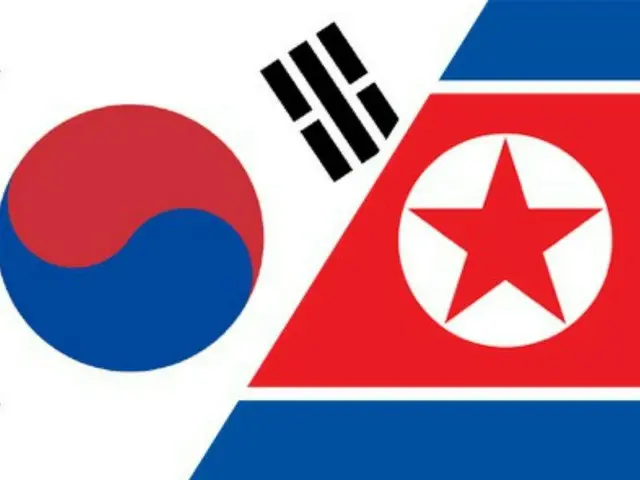In addition to the direct damage caused by heavy rains during the rainy season in South Korea, there are other things to be wary of.
There are many mines near the military demarcation line that separates the Korean Peninsula into South and North Korea, both during the Korean War (1950-53) and during the armistice that followed until the present day.
Last year, under the orders of General Secretary Kim Jung Eun, North Korea buried land mines in the Demilitarized Zone (DMZ) near the military demarcation line.
On the 22nd, the South Korean Joint Chiefs of Staff issued a warning that there was a possibility that landmines could be washed into the South Korean side by heavy rain.
In a speech at the Supreme People's Assembly (equivalent to the National Assembly) in January last year, Kim said about South Korea:
He stressed the need to clearly state in the constitution that North Korea is the "number one enemy and the unchanging main enemy." He also declared that he would "put an end to the 80-year history of North-South relations," and said, "We will stop the construction of all the facilities near the Military Demarcation Line that connect the North and South Koreas."
After that, it was confirmed that North Korean soldiers had been burying landmines near the military demarcation line since around April last year.
The view that this was a measure to create a "border" spread in South Korea. It is also believed to have had the purpose of preventing North Korean soldiers and residents from defecting. The number of landmines buried in the area north of the DMZ is
It is also known that many North Korean soldiers were killed or injured in mine explosions during the mine-laying work.
In addition to the mines in wooden boxes, some are disguised as leaves to make them difficult to distinguish, and the South Korean Joint Chiefs of Staff and South Korean media call them "leaf mines."
Last year, the news agency Yonhap News reported that the amount of explosives used in "leaf mines" was about 40 grams, which is about the same as that used in regular anti-personnel mines (about 20 grams) and wooden box mines (about 70 grams).
The South Korean newspaper Chosun Ilbo also reported that the size of the device was about the same as a smartphone. With the rainy season upon us, the South Korean Joint Chiefs of Staff announced on the 22nd that "the North Korean military is setting up landmines."
Some of the buried areas are connected to the Imjin River, the Bukhan River, and other rivers shared by North and South Korea, as well as the Han River estuary.
"There is a risk that the material may leak out and flow into areas on the South Korean side," he said. He also called for people to immediately report any suspicious objects they find in these areas to military units or police.
In fact, in the past, there have been cases of mines exploding during heavy rains during the rainy season that had washed up from the North Korean side.
An anti-tank mine exploded in Cheorwon County, Gangwon Province, killing a man working on flood cleanup. The mine is believed to have been buried in the soil.
In July 2020, a man working in the Changhan Wetlands at the mouth of the Han River in Goyang, Gyeonggi Province, stepped on a landmine and suffered an amputation of his ankle.
A man who was fishing was seriously injured. An investigation by the National Forensic Service determined that the mine was an M14, an anti-personnel mine used by the North Korean military. The M14 was developed by the United States in 1955.
Because it weighs only 108 grams, it can be carried hundreds of kilometers by rivers. It is difficult to detect because its body is made of plastic, and it is considered one of the most difficult landmines to remove.
In addition to the landmines, another concern in relation to North Korea during this rainy season is the release of water from dams without notifying South Korea. Last July, heavy rains hit South Korea, causing flooding and landslides in many areas.
In the midst of this, North Korea released water from the Hwanggang Dam, located upstream of the Imjin River, which flows into South Korea, without giving prior notice to the South Korean side.
The water level of the Gunnam Dam in Yeongchon County, Gyeonggi Province, northern South Korea, where the river flows from North Korea to South Korea, has been affected. In the past, water levels have risen sharply on the South Korean side of the downstream river, causing frequent damage.
South Korea has asked North Korea to give advance notice before releasing water from the dam, but North Korea has not complied in recent years.
2025/06/26 11:22 KST
Copyrights(C)wowkorea.jp 5

